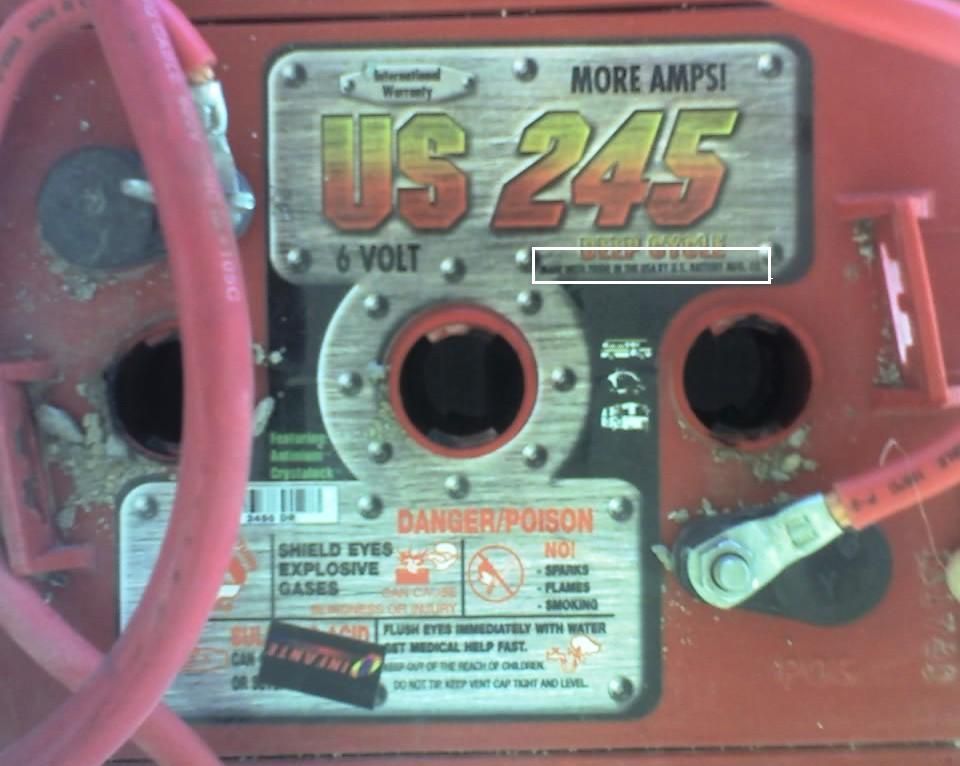Erm... Cobraboy.
I don't know if I misread your last post with your calculations.
But if you have 4 (?) batteries with a nominal capacity of 220AH each at 6 Volts... you have effectively a theoretical POWER reserve of 5280 Watts (5.8KW). The formula being Volts x Amperes. Amperes at 6 Volts are not synonymous of the same power as Amperes at 110/220 Volts. Only Watts compare like apple to apples independently from the voltage(s).
Now, above figure is still without accounting for deductions, like you not wanting to completely drain your batteries, the inverter conversion process, modified sine wave, energy lost in heat, etc. Once you have the data of those losses and deductions applied to above theoretical number, you then divide the result by the amount of hours you expect to run on the inverter continuously until you can reload to get your KWh rate and compare it to your average KWh consumption.
I am no electrician, so maybe I am loosing it here?
... J-D.
I don't know if I misread your last post with your calculations.
But if you have 4 (?) batteries with a nominal capacity of 220AH each at 6 Volts... you have effectively a theoretical POWER reserve of 5280 Watts (5.8KW). The formula being Volts x Amperes. Amperes at 6 Volts are not synonymous of the same power as Amperes at 110/220 Volts. Only Watts compare like apple to apples independently from the voltage(s).
Now, above figure is still without accounting for deductions, like you not wanting to completely drain your batteries, the inverter conversion process, modified sine wave, energy lost in heat, etc. Once you have the data of those losses and deductions applied to above theoretical number, you then divide the result by the amount of hours you expect to run on the inverter continuously until you can reload to get your KWh rate and compare it to your average KWh consumption.
I am no electrician, so maybe I am loosing it here?
... J-D.


